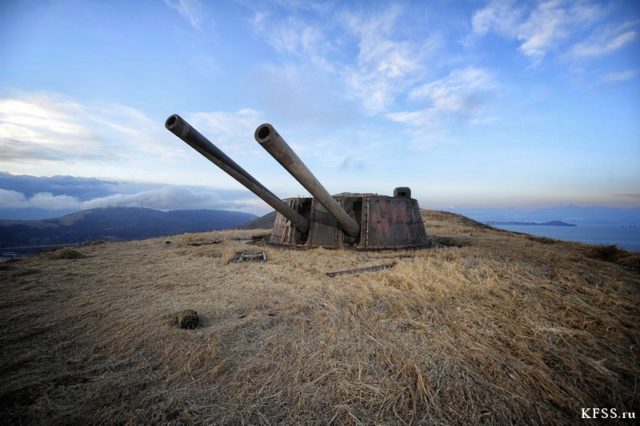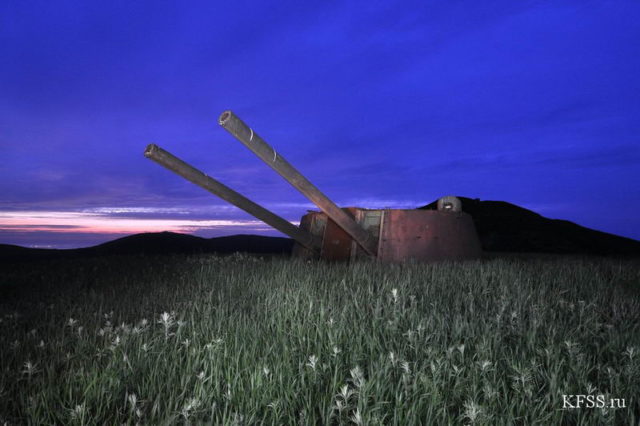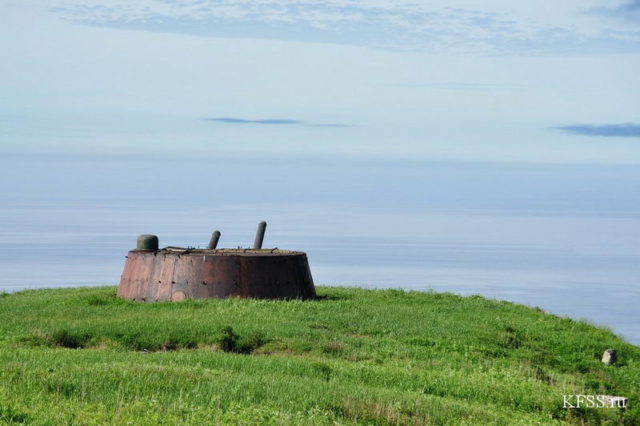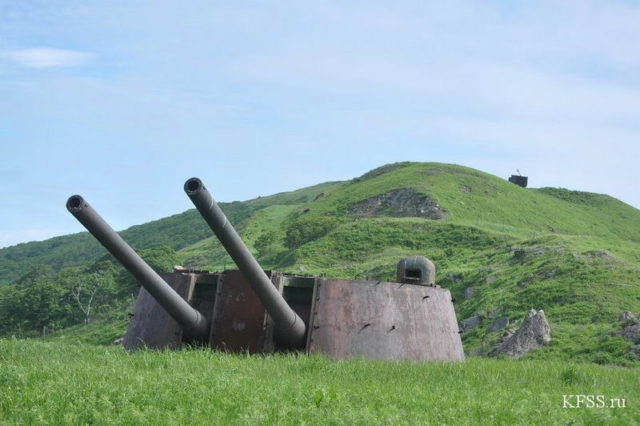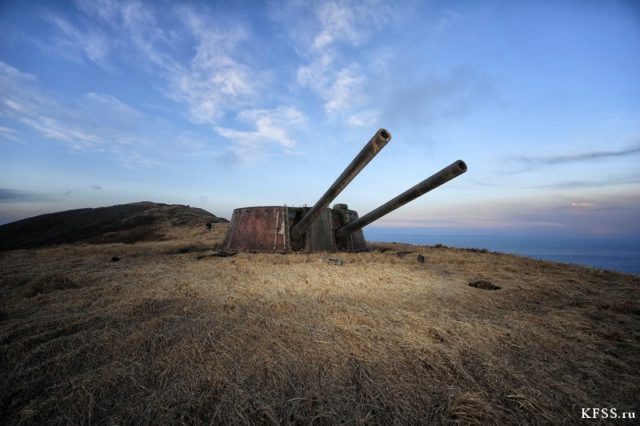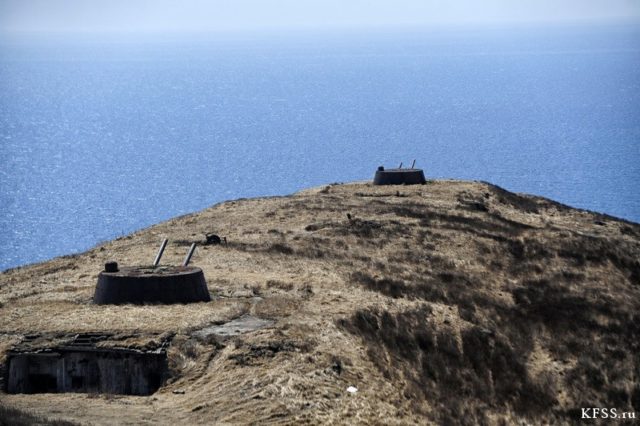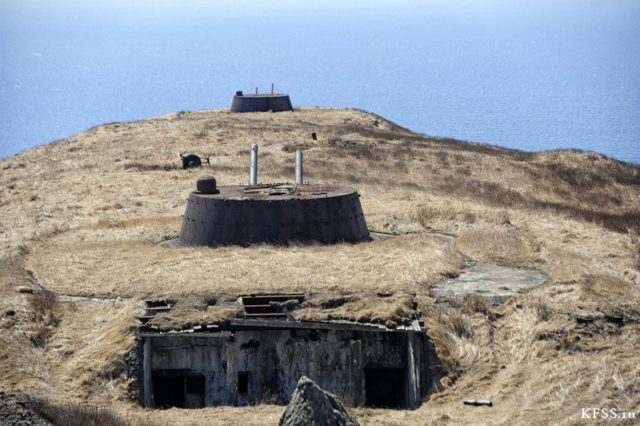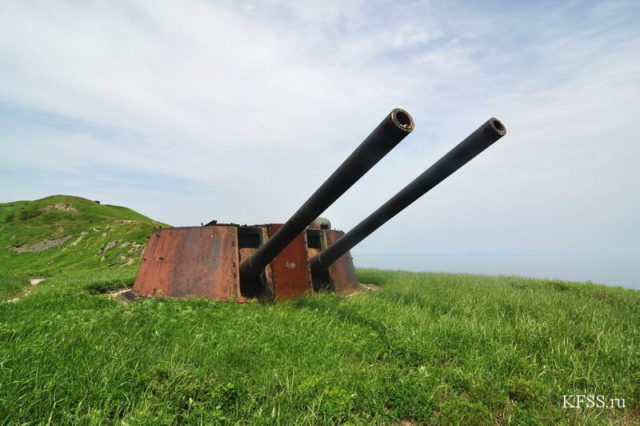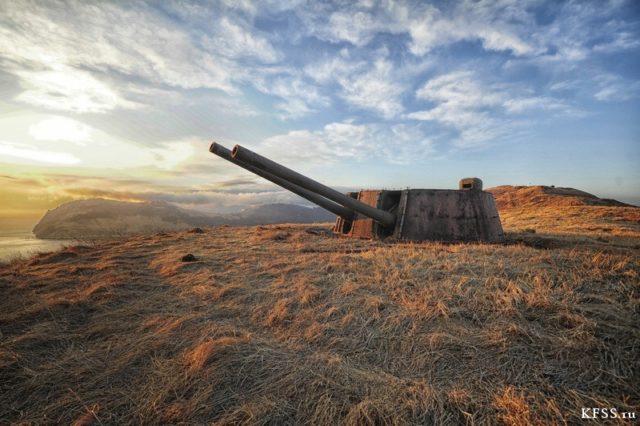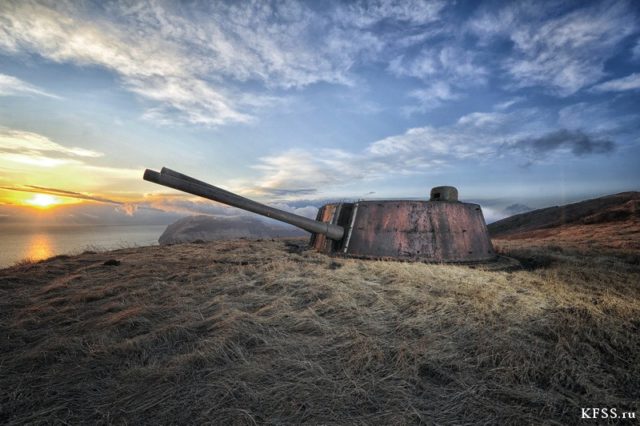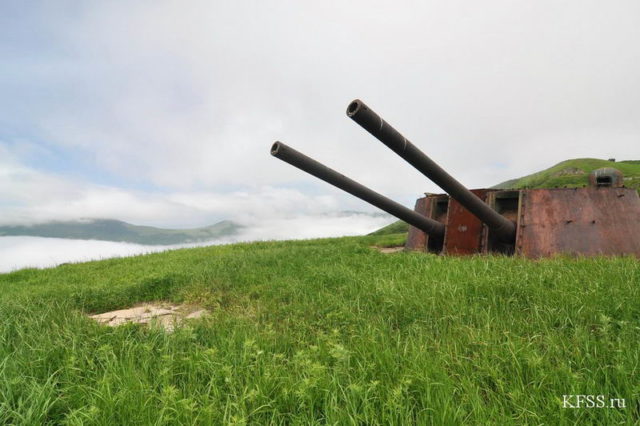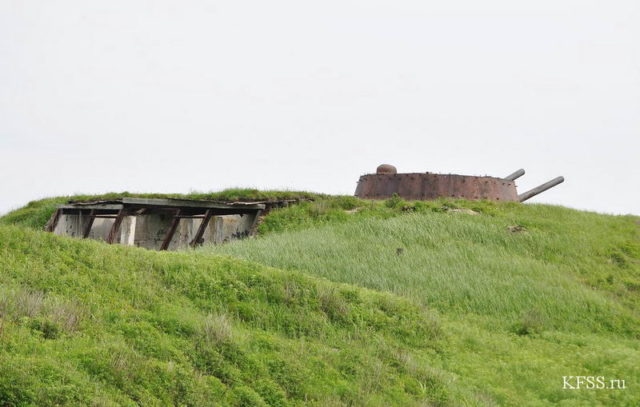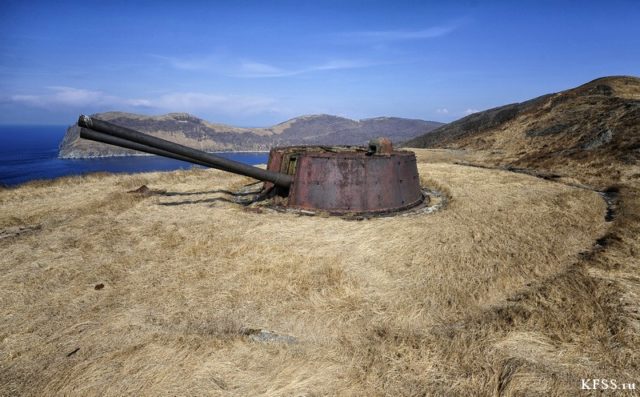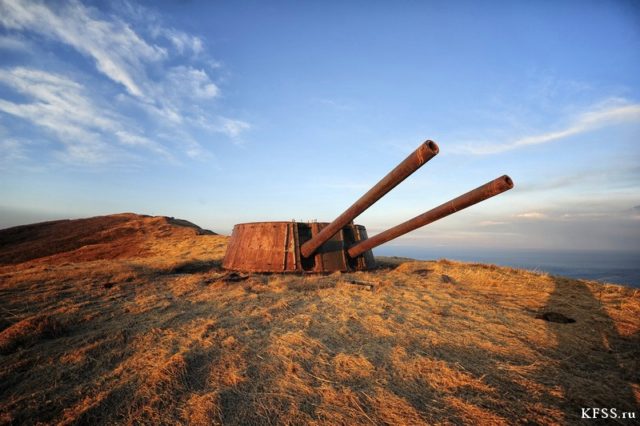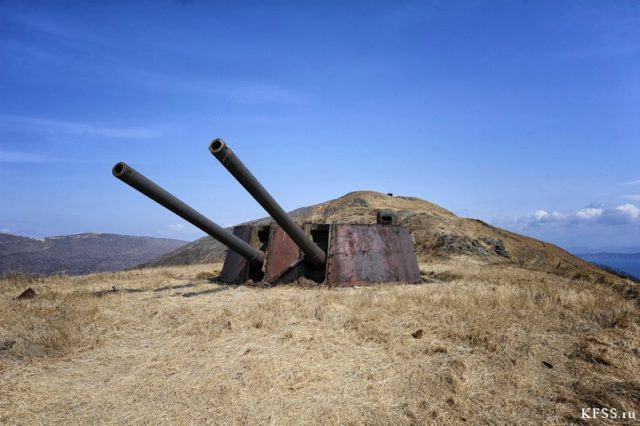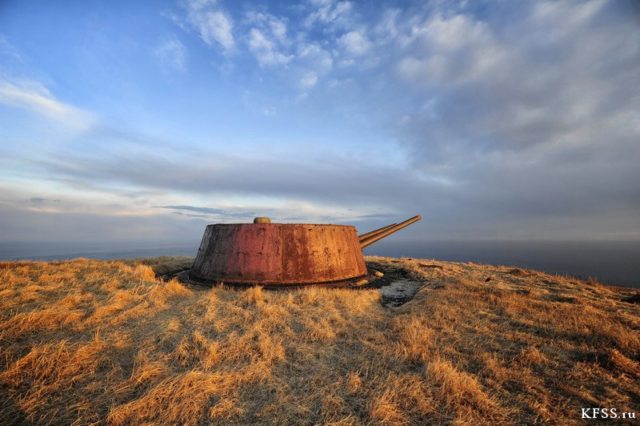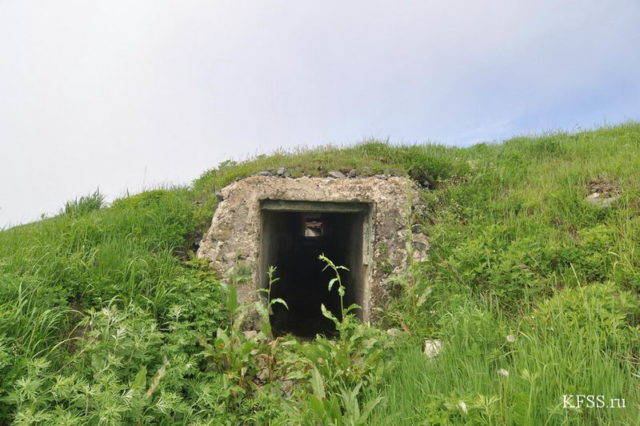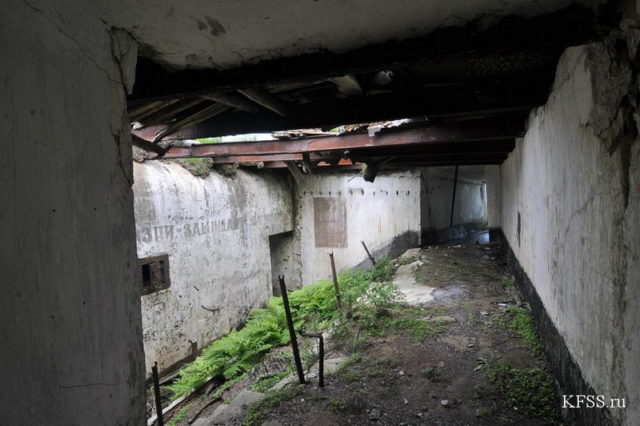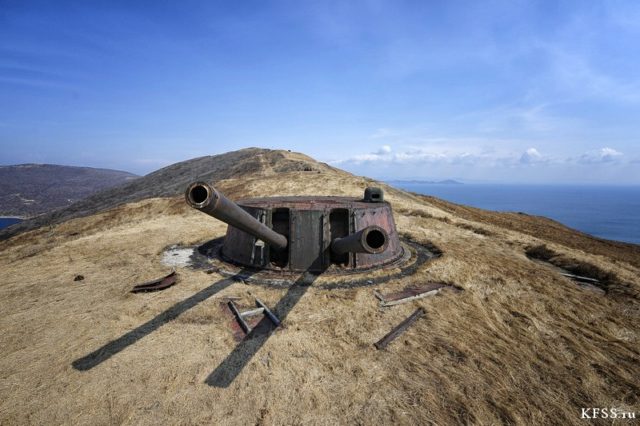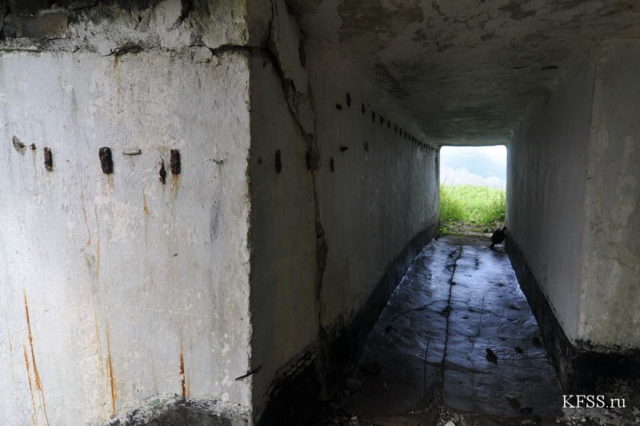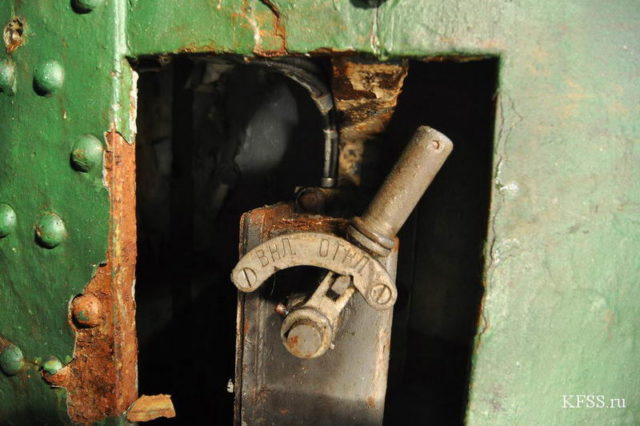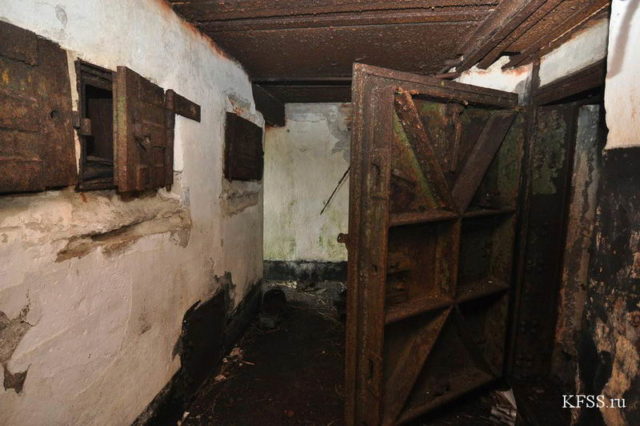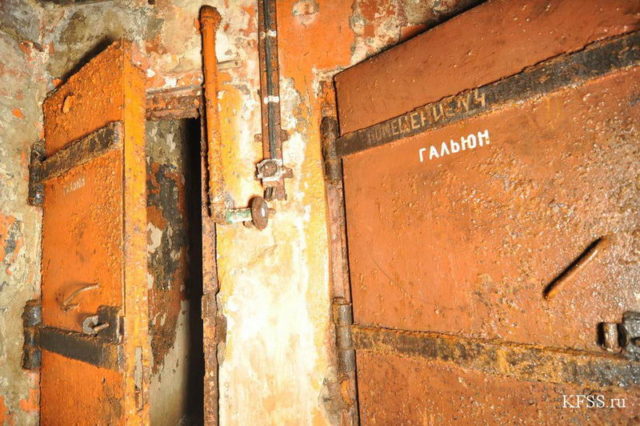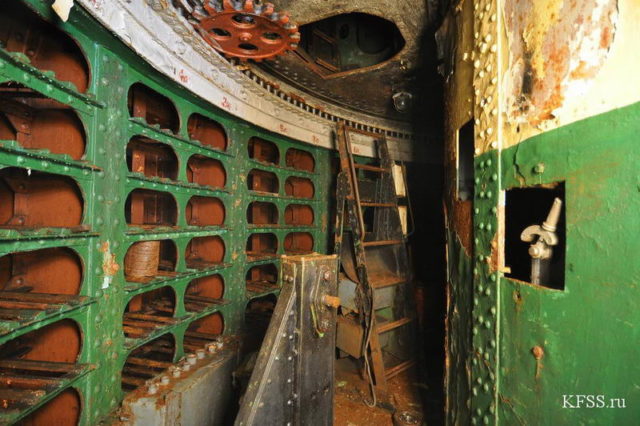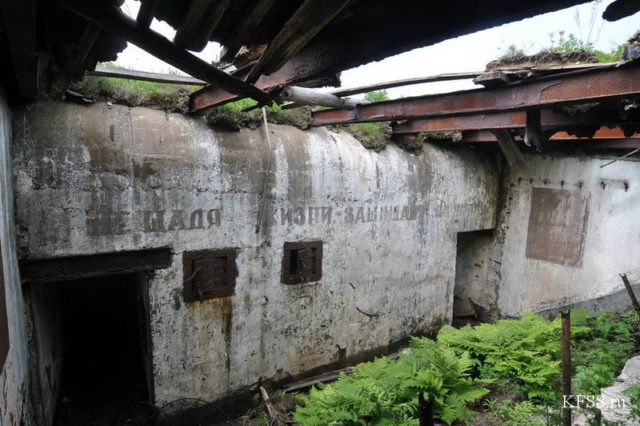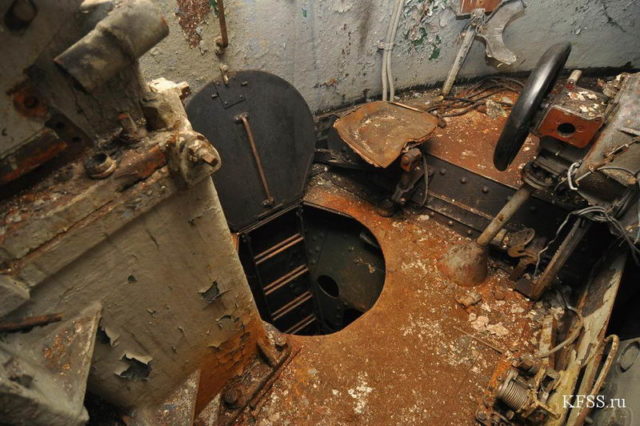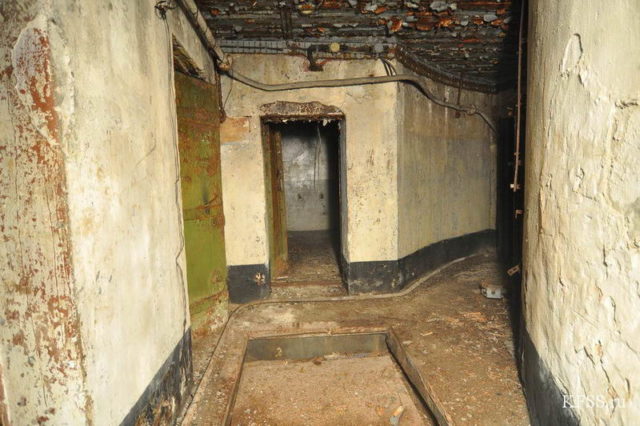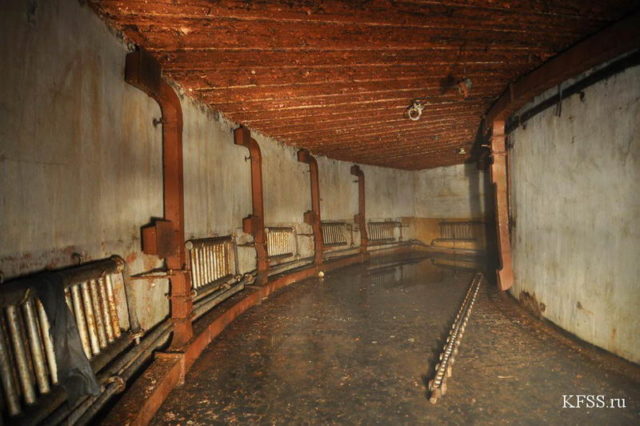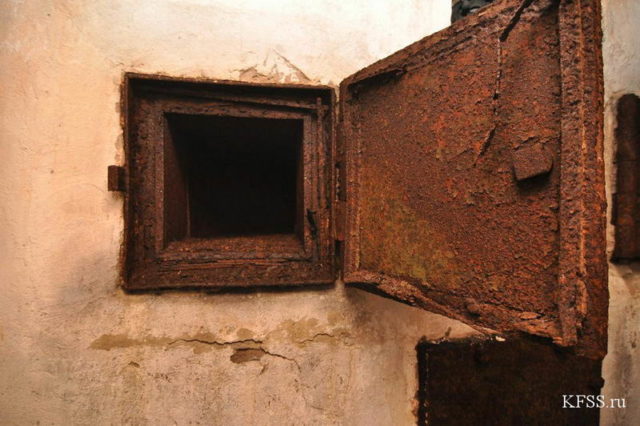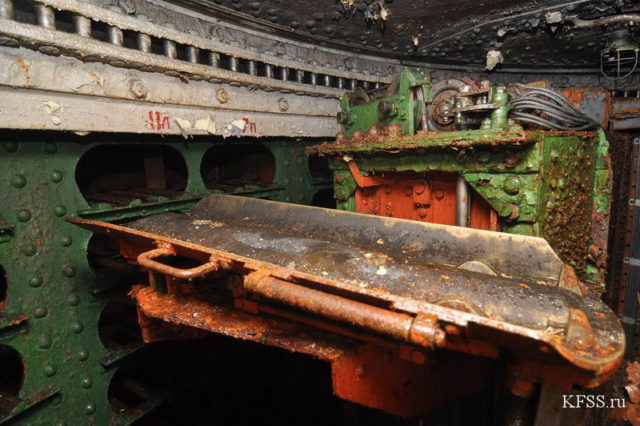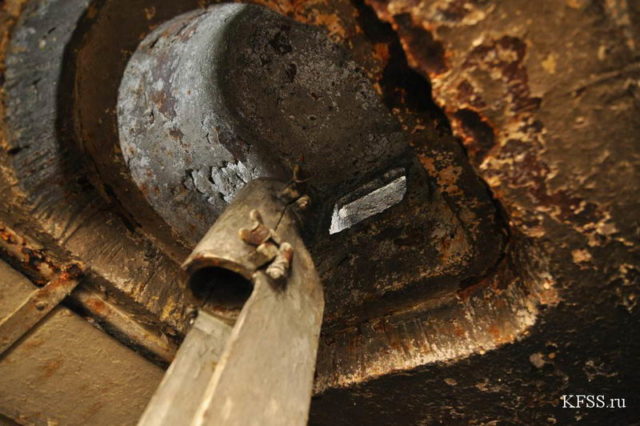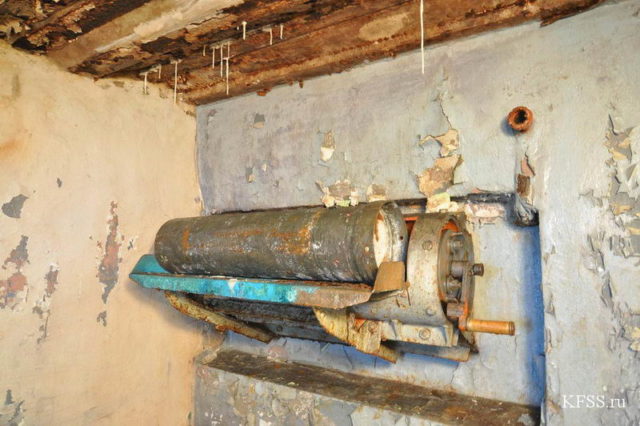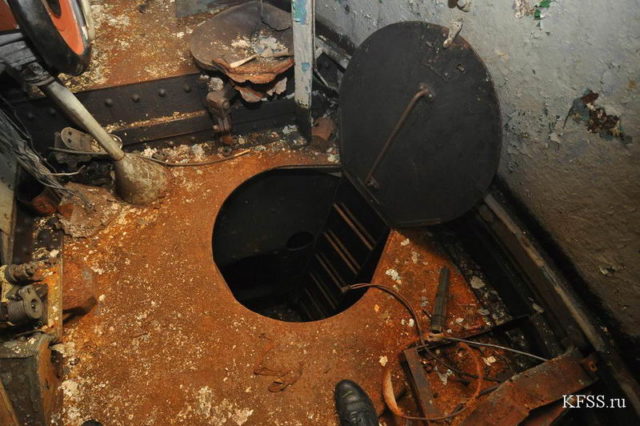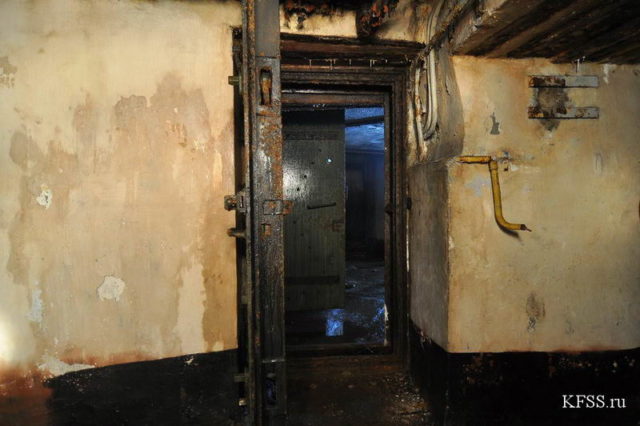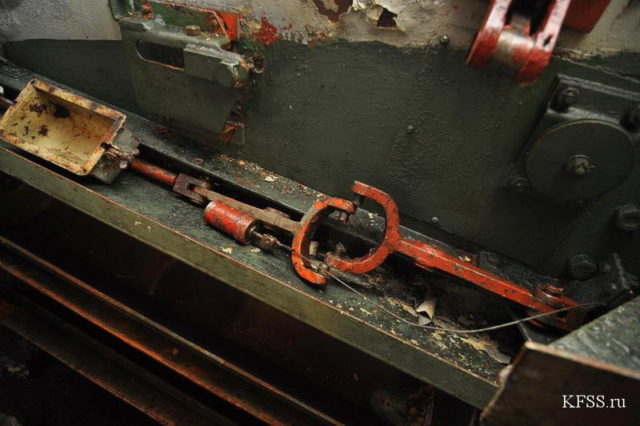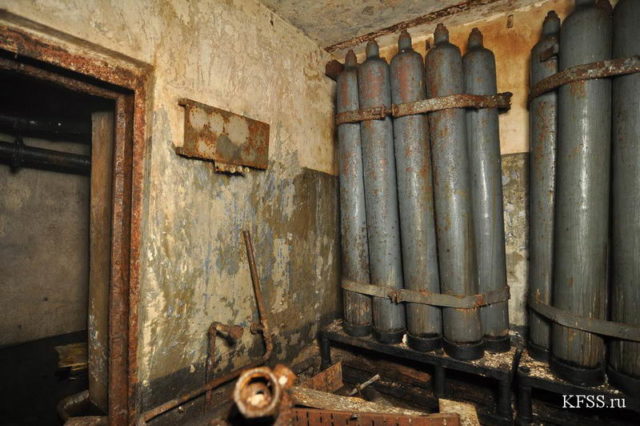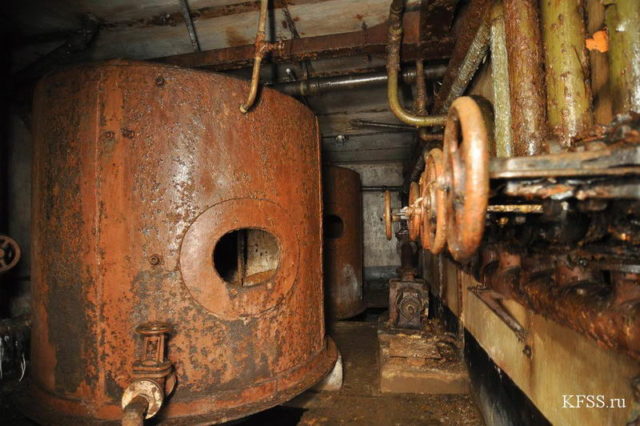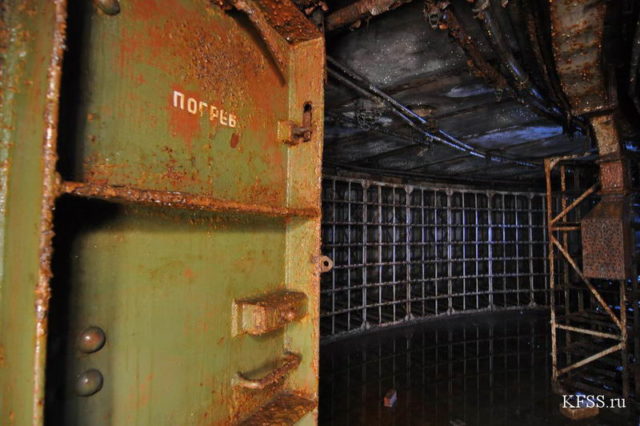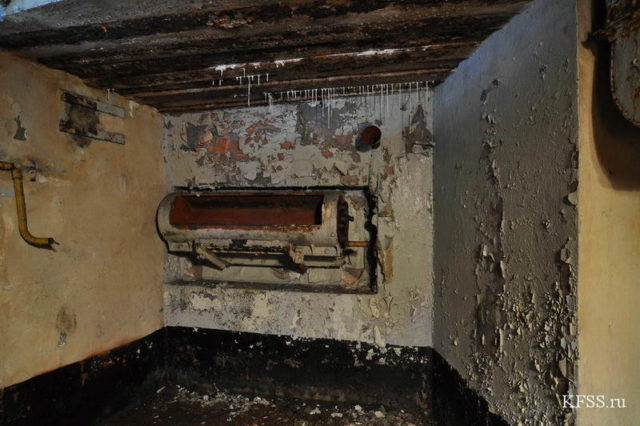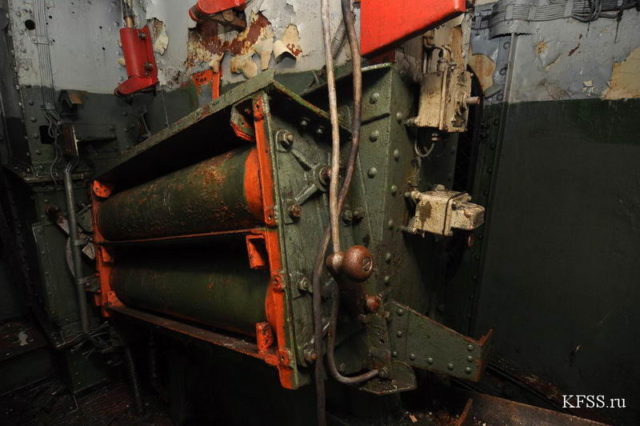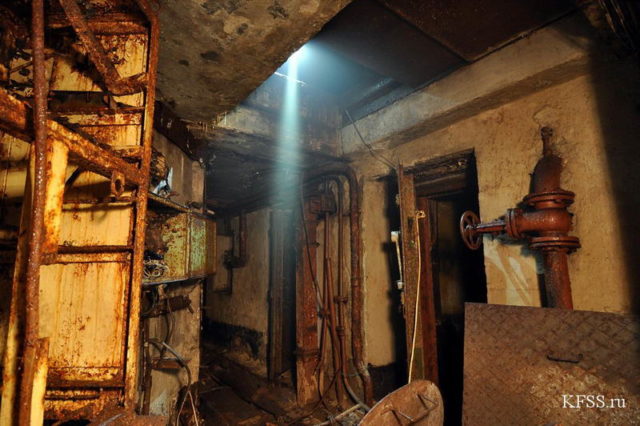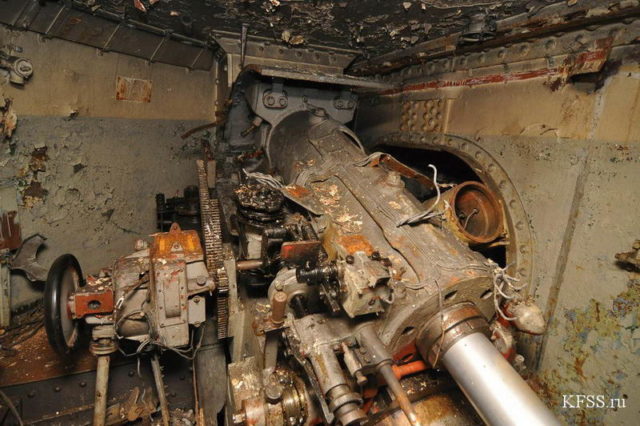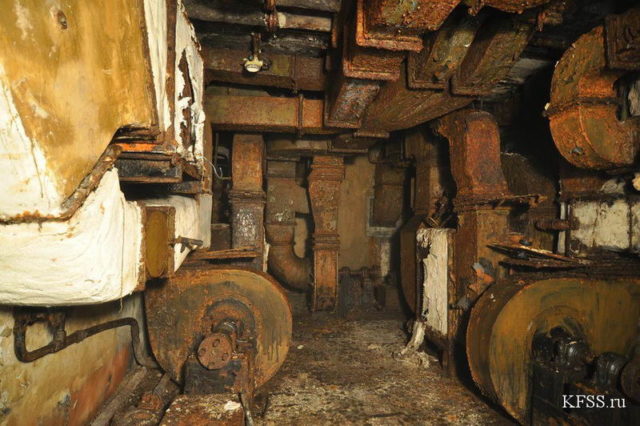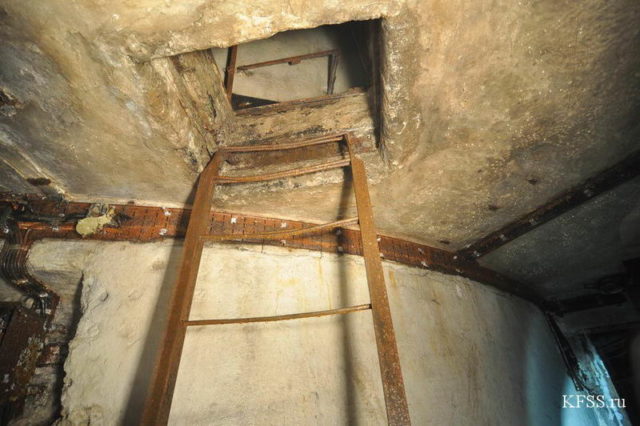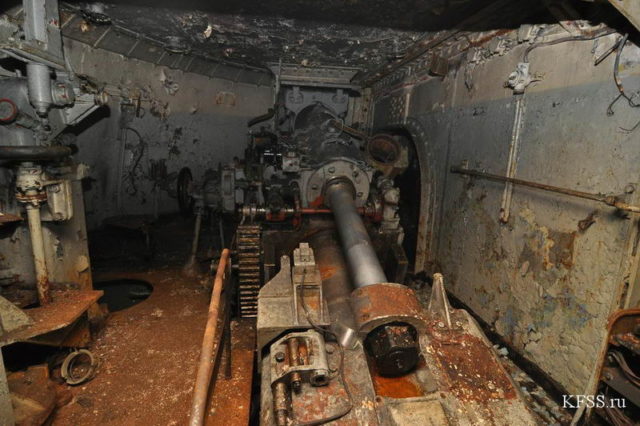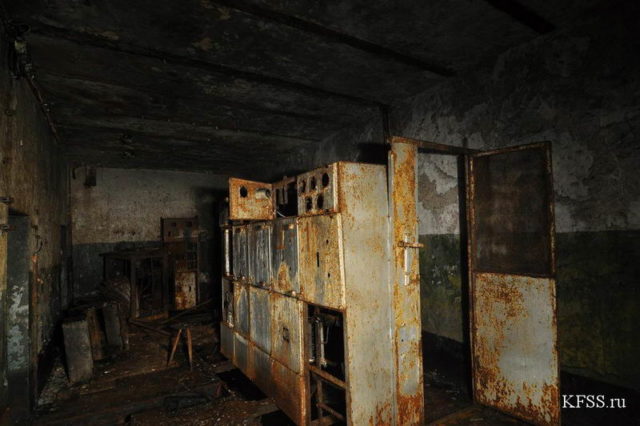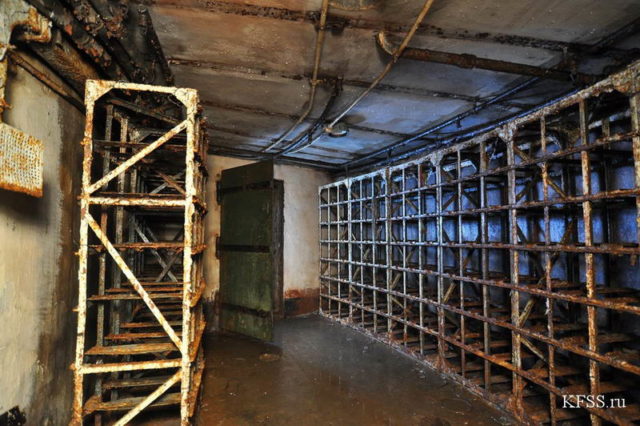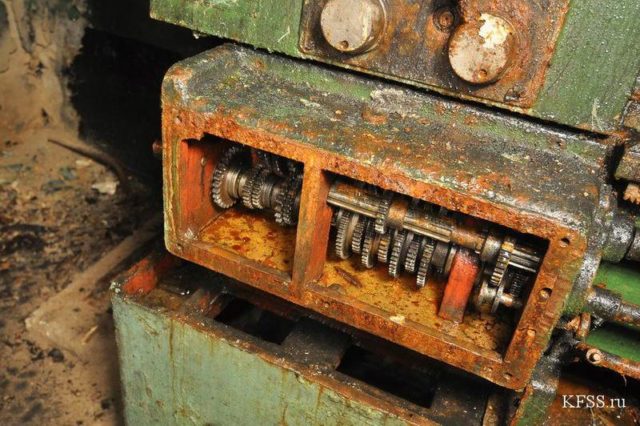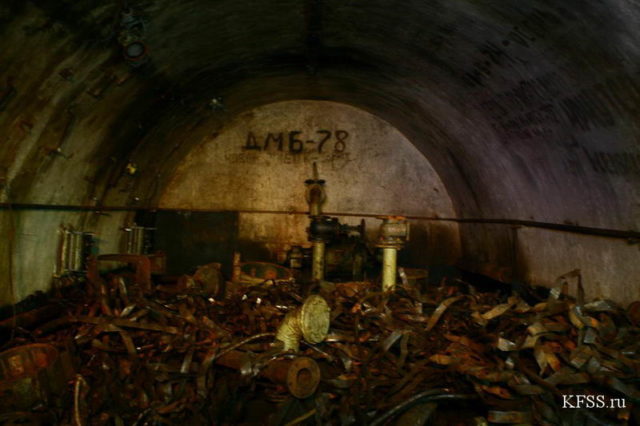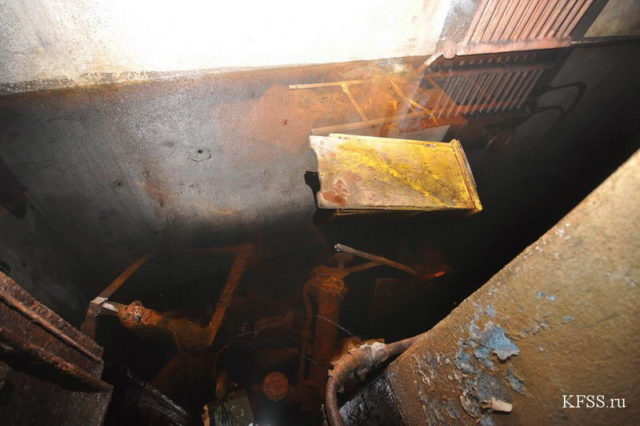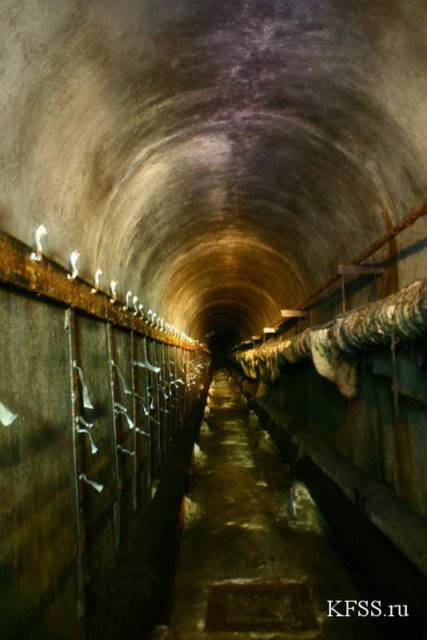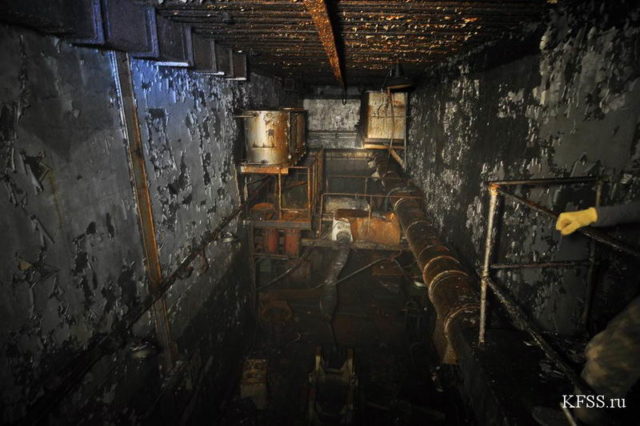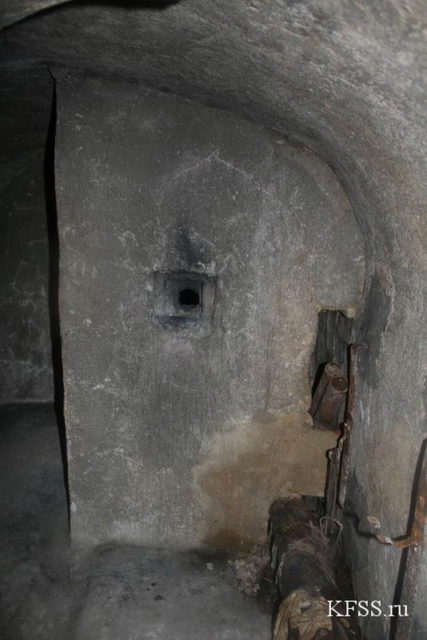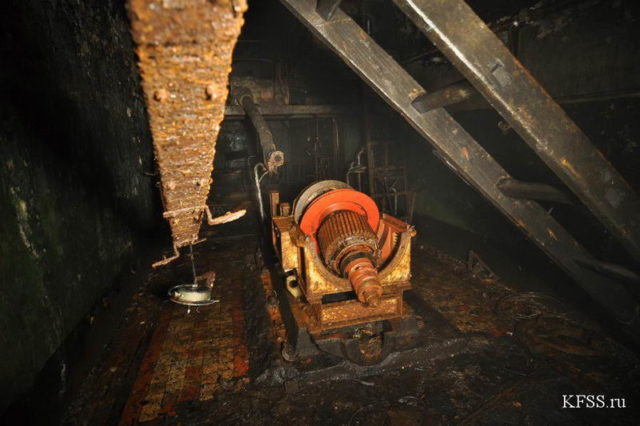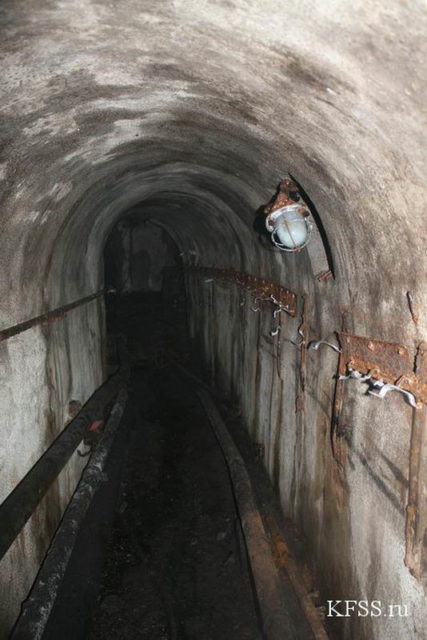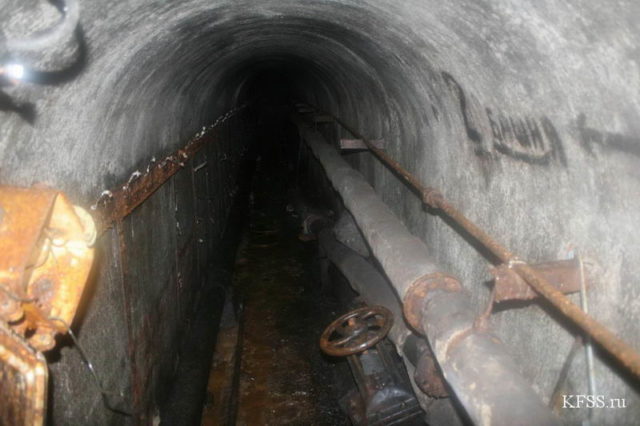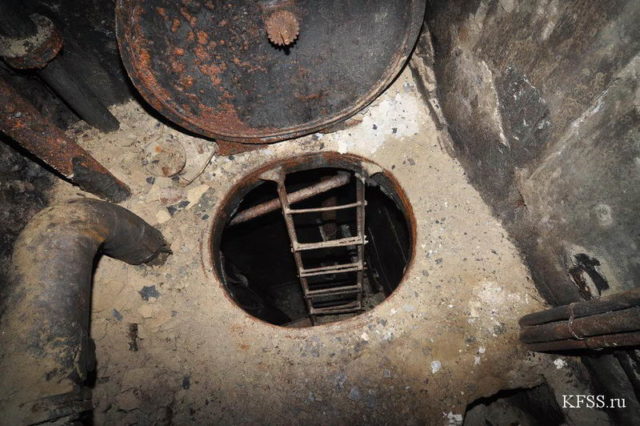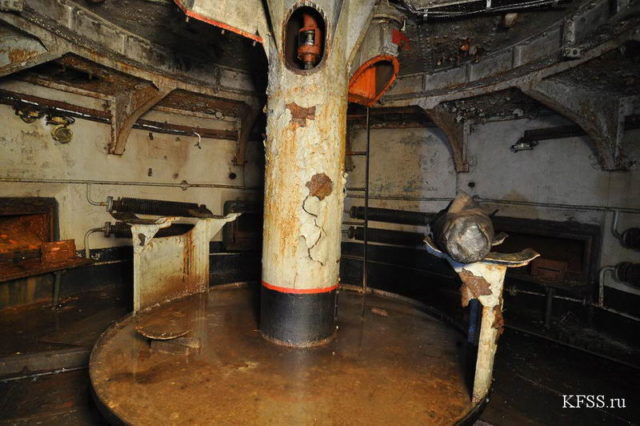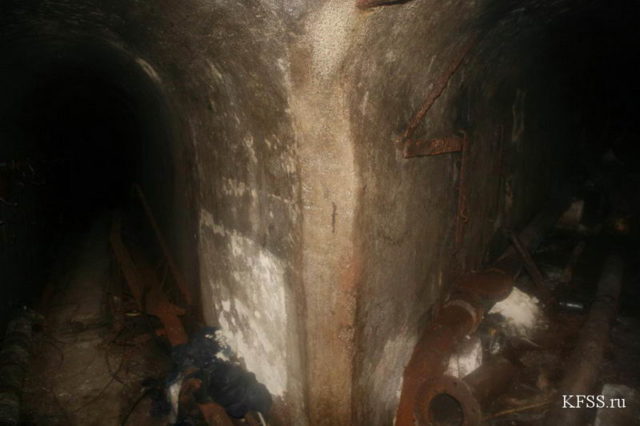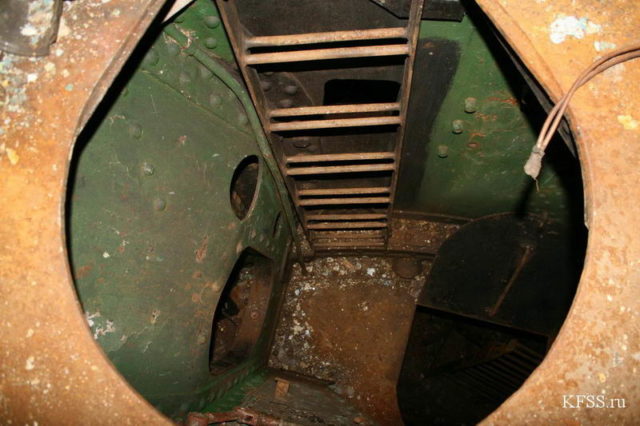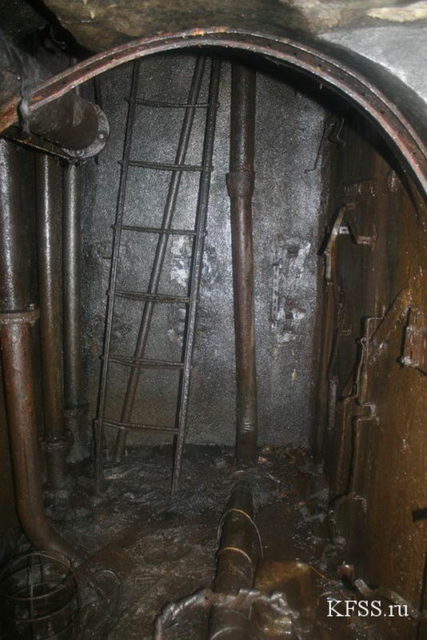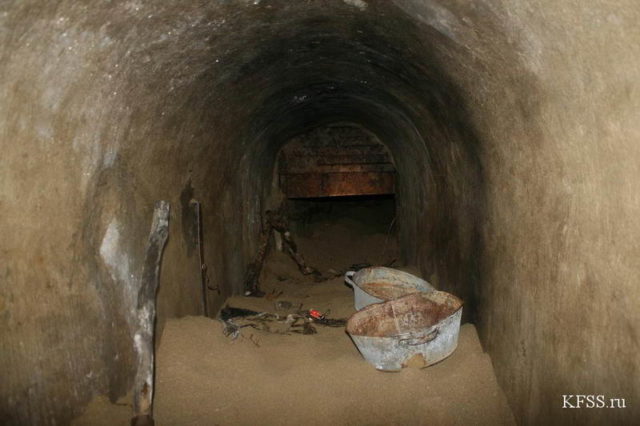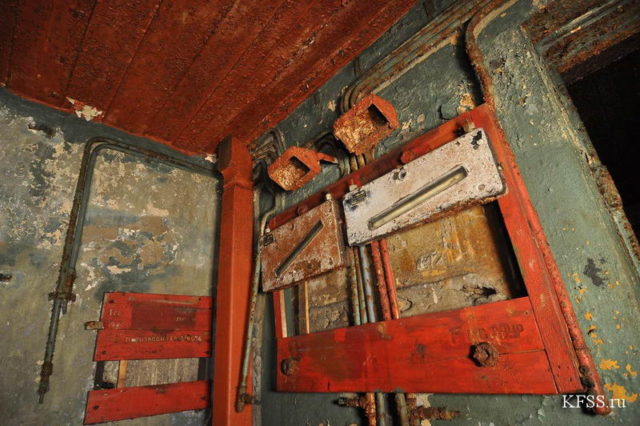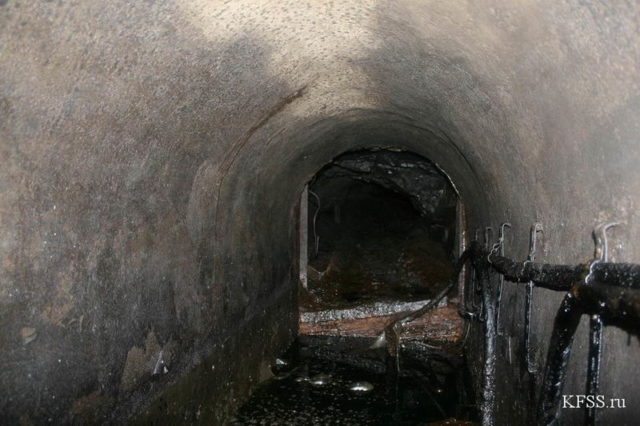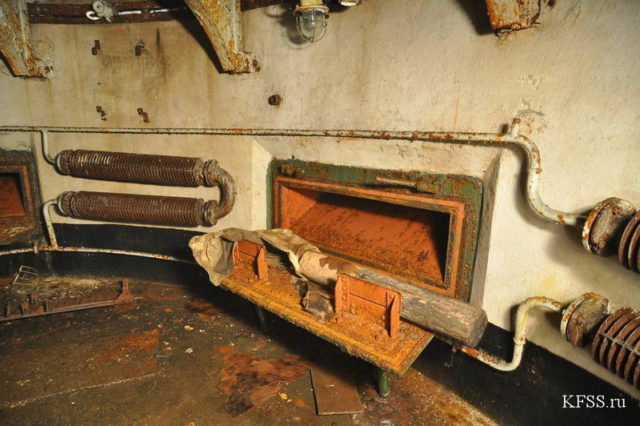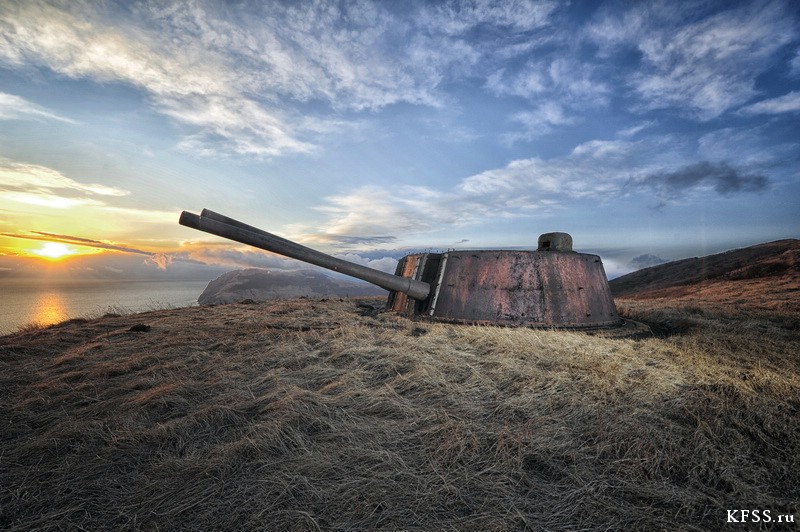There are many interesting abandoned objects in the Russian far East. This region carries huge strategical significance because of its proximity to Japan, Pacific Ocean and borders with China and North Korea.
So it is no wonder that in the times of the USSR there was significant military presence and many military facilities (as it is the case now as well). But some of those soviet structures now stand derelict, like coastal battery no. 26.
Battery No. 26 is located on the southern part of the island of Askold in the Russian Primorskiy region. It was built in the Shkotovsky fortified area in order to protect the entrance of Ussuri Bay and approaches to the Strelok Bay and the Vostok Bay. The battery has four 180-mm cannons in two turret tower units MB-2-180.
The exact position of the battery was decided in 1936 and construction began. Even though the battery was not yet fully completed, it went into operation at the end of October 1938. Throughout 1939, completion works were carried out. A power station was added and finishing touches completed.
The battery itself was a large-scale project. It consists of two reinforced concrete tower blocks, a power station, a command post, underground posterns, land defense structures and a barracks town.
Each tower block was fitted with a two-gun turret artillery unit MB-2-180. The vertical armor of the blocks is 203 mm thick, while the roofs are 152 mm thick. The tower blocks are located 169 meters away from each other.
The MB-2-180 tower unit consists of four compartments one above the other. The upper compartment was the combat compartment, where the turrets were positioned. Next down was the working compartment, which rotated with the tower.
This was further divided into 18 sections, which shelves to store projectiles on and gun pointing mechanisms.
Then there was the reloading facility, with mechanisms to supply ammunition to the turrets, and the lowest level was a technical space filled with wires and pipes of compressed air. The projectiles that were used in the tower had a range up to 50 miles and weighted almost 220 pound.
The command post and power station were located in separate blocks. The rotating armored cabin of the stereoscopic rangefinder DM-6 was placed in a separate reinforced concrete block connected to the command post by a covered passageway.
All the main facilities of the battery were connected with each other by an underground postern. The total length of this underground passage was close to 1 km.
The reinforced concrete tower blocks, command post and power station were designed to be able to withstand a hit from a 8 inch shell. At the top floors of the facility protective clothing made of steel with iron inserts was placed so as to provide protection in case of incoming projectiles.
The battery’s barracks town was fairly large. It was designed to house 28 commanding officers, 20 junior commanding officers and 228 Red Fleet marines. There town also had premises for storing 3-months’ food supplies, as well as fuel enough for 100 hours of operation of the tower blocks.
Additionally, because the area has frequent fogs, a special low-ground observation post was constructed on a small rocky toe between cape Yelagin and cape Palchy.
Because Askold island is not easily accessible, not many have paid a visit to the battery. As a result, it is is a fairly good condition. Amazingly, the rangefinder, although it has been stripped of many details and optics, can still rotate.
However, “metal hunters” still managed to dismantle many metal elements of the structure. Nature has taken its course, and the battery slowly deteriorates. In fact, it is fairly dangerous to visit this site as there are many camouflaged holes and in some places the roofs of the blocks are fragile and can fall under your feet.
Thank you KFSS for information and amazing photos and more here KFSS
